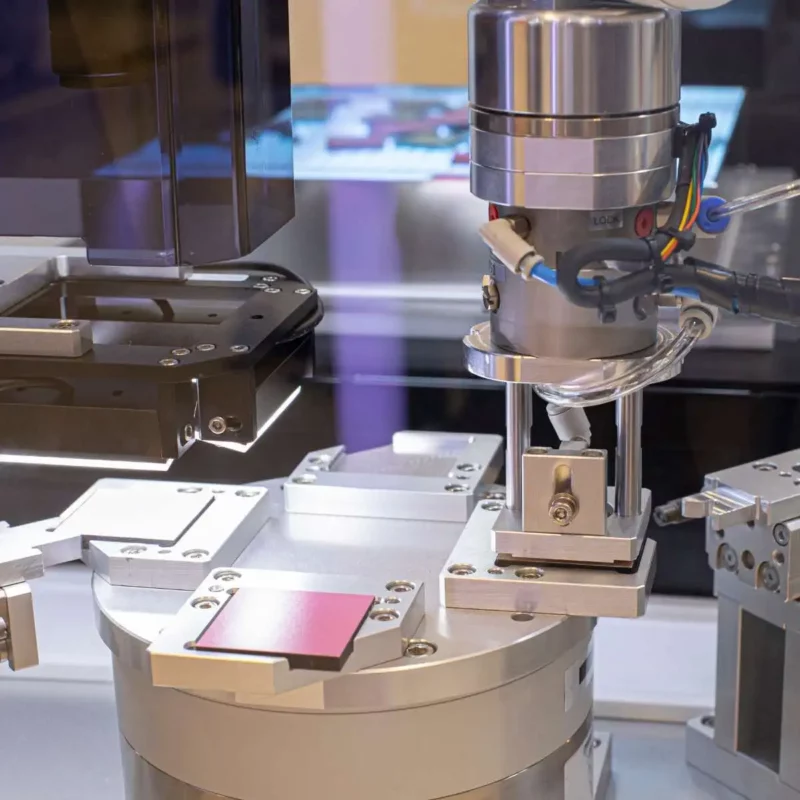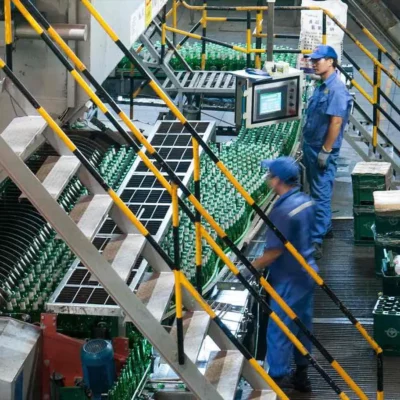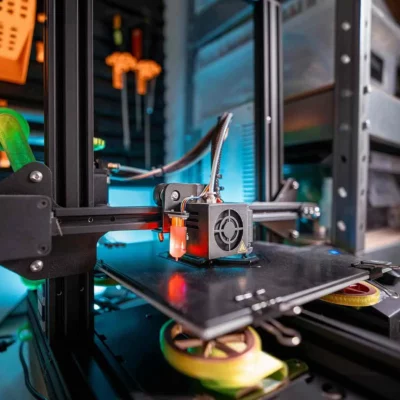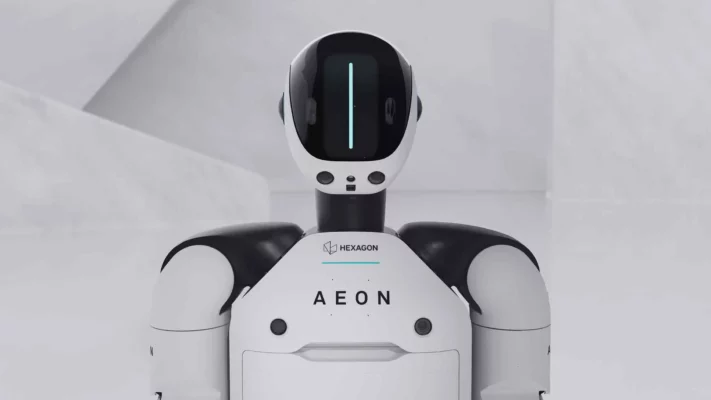Automated quality inspection helps you keep your product quality high while cutting down on errors. Instead of relying on manual checks, you can use tools like robots, cobots, and AI systems to spot defects faster and more accurately. This means less waste, lower costs, and better overall consistency for your manufacturing line. By using these technologies, you make sure that your inspections are reliable and efficient. If you’re looking to improve your production process, automated quality inspection is a smart way to achieve that.
What is Quality Inspection: Automated vs Manual
Manual Quality Inspection:
You check products manually for defects using your team’s skills and experience. This process can be slow and errors happen more often, especially when handling large volumes.
Automated Quality Inspection:
With automation, robots, cobots, and vision systems do the inspections for you. They work faster, and the results are more accurate. You get real-time data, which helps you spot issues immediately. By automating, you reduce errors, cut costs, and meet your production goals more efficiently.
Key Components of Automated Quality Inspection:
Industrial Robots:
You can use industrial robots to take care of repetitive inspection tasks. They work fast and maintain consistent accuracy, reducing the chance of human error.
Vision Systems:
2D and 3D vision systems help you detect defects with precision. They capture detailed images and analyze them to spot flaws that might be hard to see.
Cobots (Collaborative Robots):
Cobots work alongside you and your team. They offer flexibility and can adapt to various inspection tasks, making your workflow smoother.
AI & Machine Learning:
AI helps you detect defects faster and more accurately. It continuously improves by learning from past inspections, ensuring better results over time.
How Automated Inspection Works:
Data Collection & Analysis:
You start by collecting data with sensors or vision systems. Robots and cobots scan parts, capturing detailed images. AI then analyzes this data in real time, helping you spot defects instantly.
Integration with Manufacturing Systems:
Automated inspection connects smoothly with your existing systems, like PLCs or SCADA. This lets you monitor inspections in real time and make adjustments quickly. It ensures your production stays efficient, and you can catch issues before they impact your line.
Benefits of Automated Quality Inspection:
1. Higher Accuracy:
Automated systems give you more accurate inspections than manual checks. With advanced sensors and AI, they catch small defects that might be missed by humans, ensuring consistent product quality.
2. Faster Detection & Less Waste:
Automated inspection works faster, allowing you to find defects early. This helps you reduce waste and prevent production delays, saving you time and money.
3. Real-Time Data for Improvement:
You get real-time data from automated inspections. This feedback helps you quickly adjust your process, improve quality, and keep your production line running smoothly.
Need Free Advice For Your Robot Project?
Applications of Automated Quality Inspection:
Automotive Industry:
In automotive manufacturing, you use automated systems to inspect parts like engines, brakes, and body panels. These systems help you detect defects early, ensuring every part meets safety and quality standards. This process reduces the risk of costly recalls and increases the reliability of your vehicles.
The video demonstrates a fully automated system performing a 100% optical inspection of car paint to detect defects and optimize production analytics.
Electronics Industry:
For electronics, automated inspection checks tiny components like circuit boards and chips. You can detect small defects that affect performance. This helps you maintain the precision needed in electronics, ensuring your products function properly and avoid failures.
The video demonstrates automated quality control processes in electronics manufacturing to ensure the precision and functionality of electronic components.
Pharmaceutical Industry:
In pharmaceuticals, automated systems inspect pills, bottles, and packaging for defects. You ensure that products are correctly labeled, sealed, and free from contamination. This helps you meet safety regulations and keeps your products safe for consumers.
The video highlights the integration of automated OSD (Orally Solid Dosage) assay testing into pharmaceutical production lines to improve quality control and efficiency.
Challenges & Considerations:
Initial Cost & ROI:
Automated inspection systems can cost between $50,000 and $200,000. While this is a big investment, you can save on labor and reduce defects over time. To see how much you could save, check out this article on calculating ROI for automation projects.
System Integration with Legacy Equipment:
If you use older equipment, integrating automated systems might require upgrades or extra tools. Make sure your system is compatible before investing.
Training & Maintenance:
Your team will need training to use the new systems effectively. Regular maintenance is also required to keep everything running smoothly.
Top Technologies in Automated Quality Inspection:
Vision Systems:
With Cognex and Keyence, you can detect defects in real-time using high-resolution cameras. These systems help you find small flaws quickly and ensure your products meet quality standards. To learn more, check out this article:
AI-Powered Systems:
Brands like IBM provide AI tools that analyze data to spot defects and predict maintenance needs. This helps you avoid downtime and improve accuracy in inspections.
Cobots:
Cobots from Universal Robots, ABB, FANUC work safely alongside your team. They adapt to different tasks, offering flexibility and boosting the efficiency of your inspection process. To learn more about the best Cobots best for your application, check out this page:
Future Trends:
Growing Role of AI in Predictive Quality Inspection:
AI is becoming smarter, helping you predict defects before they happen. By analyzing your past data, AI allows you to catch potential issues early, reducing downtime and improving efficiency.
Vision System Advancements for Finer Defect Recognition:
New vision systems can now spot even smaller defects. This means you can detect tiny flaws in your products, ensuring higher quality and fewer rejections.
Cloud-Based Inspection Data for Real-Time Analysis:
By storing inspection data in the cloud, you can monitor your production in real-time. This gives you instant access to reports and helps you make faster decisions.
The video showcases how augmented reality (AR) and mixed reality technologies are revolutionizing quality inspection processes, enhancing precision and efficiency in industrial settings.
Conclusion:
Automated quality inspection gives you a powerful way to improve your production process. With AI, vision systems, and cobots, you can spot defects faster and with more accuracy. This helps you reduce waste, cut costs, and maintain high standards. As these technologies advance, you’ll get even better tools and real-time insights. While the initial investment may seem high, the long-term benefits in efficiency and quality make it a worthwhile move for your manufacturing operation. The right system will keep you ahead in today’s competitive market.







Thanks for sharing beneficial information!